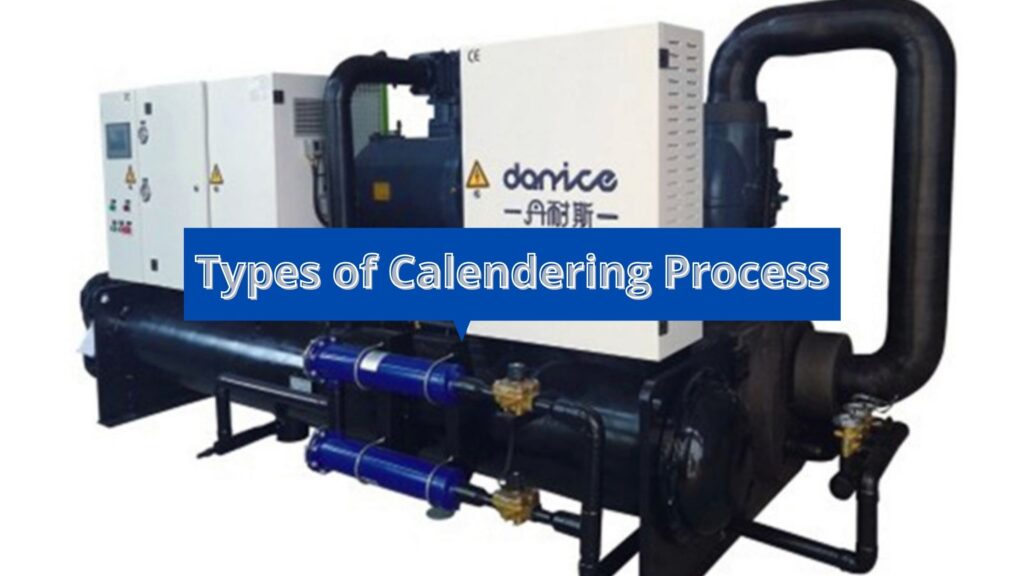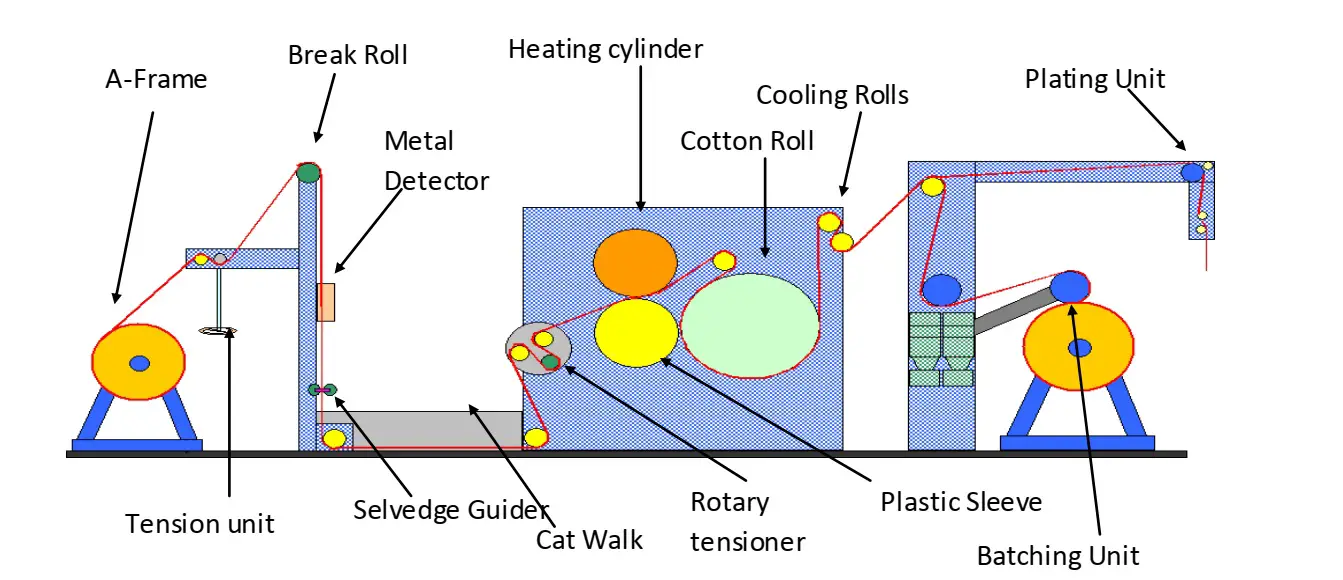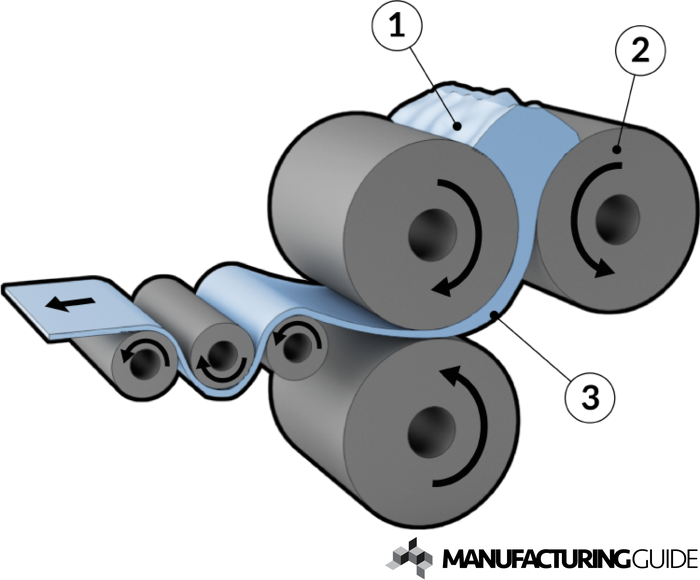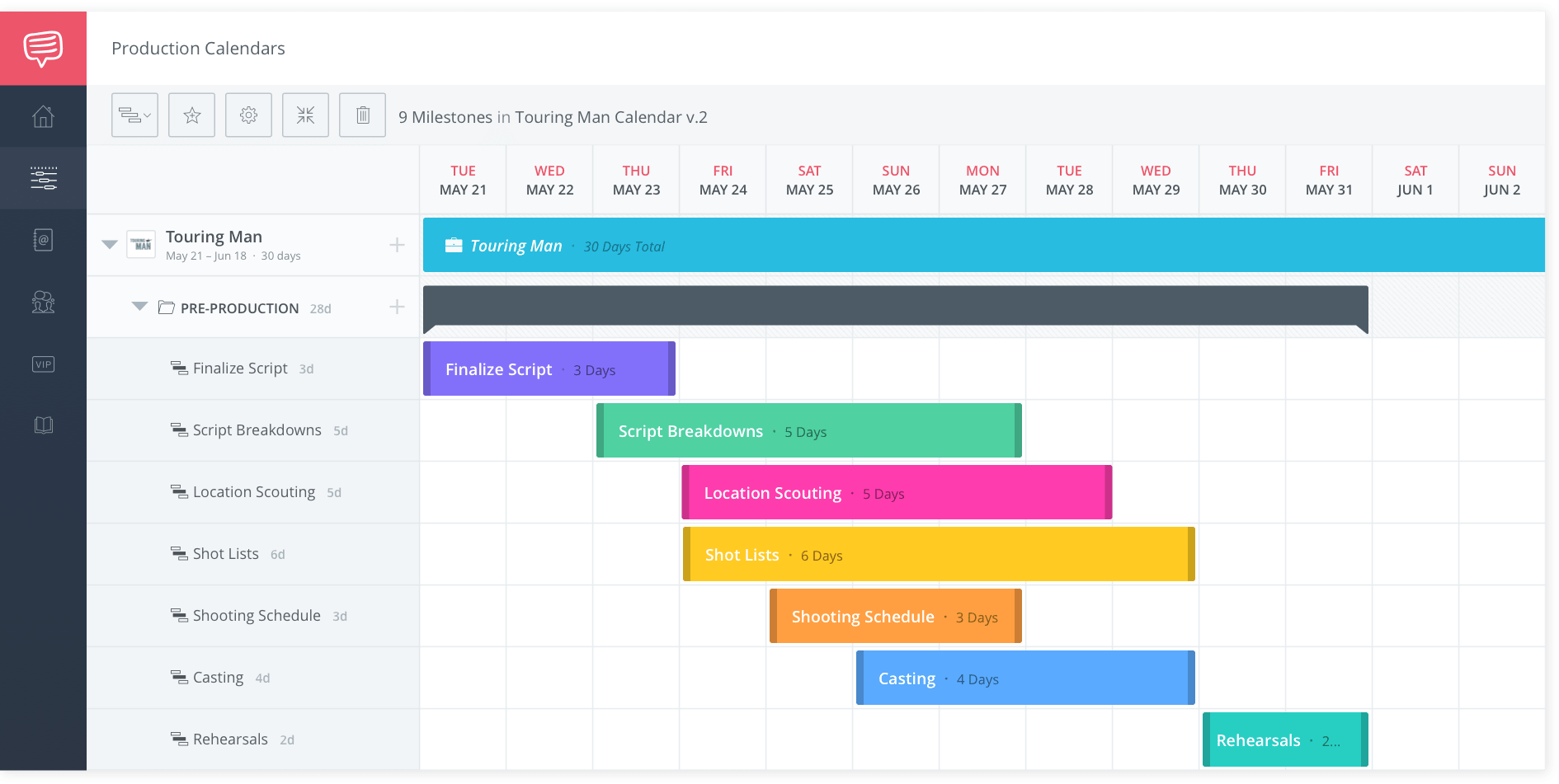Calender Process
Calender Process - Web calendering is essentially extruding a plastic material between successive pairs of corotating, parallel rolls to form a film or sheet. Web different types of calendering process. Web calendering means the deformation of paper or board under pressure and temperature; Web calendering is a process whereby fabric is compressed by passing it between two or more rollers under controlled conditions of time, temperature and. With textiles, fabric is passed between calender rollers at high temperatures and pressures. Di fferent types of finishes are carried out in the factory to make the fabric marketable. However, most film and sheet are. In most cases the end products of the calendering processes are either sheets, films, or. Web at the institute for machine tools and industrial management (iwb), extensive knowledge of the calendering process is gathered including the investigation of the displacement. A polymer mixture [1] is heated and fed between two rotating main calenders [2]. Web at the institute for machine tools and industrial management (iwb), extensive knowledge of the calendering process is gathered including the investigation of the displacement. Home » 4 roll calender machine. Web calendering of textiles is a finishing process used to smooth, coat, or thin a material. The rollers compact the sheet as it. Crowns machinery’s 4 roll calender machine. Web at the institute for machine tools and industrial management (iwb), extensive knowledge of the calendering process is gathered including the investigation of the displacement. If the moist fabric is passed through the. This chapter contains sections titled: It is basically an embossing process. Objective and general description of the calendering process. Web facts offers a complete set of solutions for calendaring operations including: Web the calendering process begins by heating and mixing resins, pigments, stabilizers and plasticizers in an industrial mixer. The surfaces of the nipforming rolls are. It is basically an embossing process. Web calendering is a process whereby fabric is compressed by passing it between two or more rollers. However, most film and sheet are. Web calendering means the deformation of paper or board under pressure and temperature; Web facts offers a complete set of solutions for calendaring operations including: Web calendering, shown in figure 2, is a unit operation which compresses the paper web between one or more rolling nips. Calender line control & drive. Di fferent types of finishes are carried out in the factory to make the fabric marketable. Web by mastering the art of selecting the best fabric for the calender process, you can ensure that your end product meets the highest standards of performance and. But calendering process, the temporary finish is. With textiles, fabric is passed between calender rollers at. Objective and general description of the calendering process. Di fferent types of finishes are carried out in the factory to make the fabric marketable. However, most film and sheet are. Crowns machinery’s 4 roll calender machine sets a new standard in precision. Web the calendering process begins by heating and mixing resins, pigments, stabilizers and plasticizers in an industrial mixer. Web at the institute for machine tools and industrial management (iwb), extensive knowledge of the calendering process is gathered including the investigation of the displacement. Objective and general description of the calendering process. The rollers compact the sheet as it. Web calendering, shown in figure 2, is a unit operation which compresses the paper web between one or more rolling. Web go to settings > general > notifications. The pulp is pressed to a rough thickness [3] and is then rolled by. Crowns machinery’s 4 roll calender machine sets a new standard in precision. Web calendering means the deformation of paper or board under pressure and temperature; Web facts offers a complete set of solutions for calendaring operations including: Web calendering, shown in figure 2, is a unit operation which compresses the paper web between one or more rolling nips. Web calendering means the deformation of paper or board under pressure and temperature; Calender line control & drive. However, most film and sheet are. It is basically an embossing process. Web calendering, shown in figure 2, is a unit operation which compresses the paper web between one or more rolling nips. The pulp is pressed to a rough thickness [3] and is then rolled by. Calender line control & drive. Web calendering means the deformation of paper or board under pressure and temperature; Web different types of calendering process. Web different types of calendering process. Web go to settings > general > notifications. Web calendering involves thus both melting and shaping processes in one step. Web facts offers a complete set of solutions for calendaring operations including: The rollers compact the sheet as it. Calender line control & drive. In most cases the end products of the calendering processes are either sheets, films, or. Di fferent types of finishes are carried out in the factory to make the fabric marketable. The surfaces of the nipforming rolls are. Web at the institute for machine tools and industrial management (iwb), extensive knowledge of the calendering process is gathered including the investigation of the displacement. The pulp is pressed to a rough thickness [3] and is then rolled by. Web calendering, shown in figure 2, is a unit operation which compresses the paper web between one or more rolling nips. Web calendering finishing is a process of imparting luster and smoothness to a fabric by passing it between pressurized rollers. This chapter contains sections titled: Web calendering, process of smoothing and compressing a material (notably paper) during production by passing a single continuous sheet through a number of pairs of heated. With textiles, fabric is passed between calender rollers at high temperatures and pressures.
6 Types Of Calendering Process In Textile Textile Property

An overview of calendering (or rolling) like processes YouTube

10 Facts About Calendering in Textile! Textile Property

Why A 2Step Process to Calendaring Works

FileCalender process.png Wikimedia Commons

Calendering Factors Effecting Calendering Calendering Machine

CALENDERING PROCESS CORPORATE TRAINING AND PLANNING CALENDERING PROCESS

6 Types Of Calendering Process In Textile Textile Property

Calendering Find suppliers, processes & material

The Ultimate Guide to an Effective Production Calendar
Web In An Effort To Establish A Deeper Understanding Of The Contract Process, Procurement Will Provide Training Opportunities As Indicated Below.
Web Calendering Is A Process Whereby Fabric Is Compressed By Passing It Between Two Or More Rollers Under Controlled Conditions Of Time, Temperature And.
Objective And General Description Of The Calendering Process.
It Is Basically An Embossing Process.
Related Post: